Gurdwaras in the MidlandsAll Gurdwaras are beautiful, after all, they house the focal point of Sikh life - Guru Granth Sahib Ji. There are over 300 Gurdwaras in the UK, and a significant number of them are based in the West Midlands, an area with a large and well established Sikh population. In this article I will cover a small list of Gurdwaras between Wolverhampton, Sandwell, Walsall and Birmingham, I'll look to cover the East Midlands and the southern part of the West Midlands (Coventry, Warwick and Leamington) in another article. Background to the article There's a few things I want to say up front. Firstly, this isn't a ranking of Gurdwaras. These aren't the five 'best' Gurdwaras in the Midlands and I don't consider any Gurdwara to be a 'bad' Gurdwara. The numbers keep it consistent with other lists that I've made. This list only covers the architecture of the Gurdwara, and so covers Gurdwaras that are unique or impressive from an architectural standpoint. This brings me to my second point. For several years I've considered writing this article and have always stopped because I'm not all that comfortable with the concept of sangat money being used to consistently beautify Gurdwaras when we could we spending that more directly in the community or providing to charitable causes. An article then celebrating larger or more beautified Gurdwaras would be hypocritical. I spoke with some friends about this, and decided now is the time to write the article. Why? Because now Sikh charities are really delivering benefits to the wider community through the provision of langar outside Gurdwara premises and on almost all occasions are working directly with Gurdwaras to achieve this. I was also reminded that reading about certain Gurdwaras might bring curious people to visit and learn more about us. Both of these were good points. Finally, this article is not a comment on how these Gurdwaras are run, the committees or politics. The fact we are still talking about Gurdwara committees in 2021 is depressing, but it is also our reality. In this article, I'm not making judgements on how Gurdwaras are run and I appreciate the Panth (nation) will have strong views on certain choices. My aim is not to be divisive, but to bring focus on the work those before us have done to provide us with Gurdwara facilities throughout the UK. 5. Nanaksar Thath Isher Darbar, WolverhamptonWolverhampton is one of the two cities in the UK where Sikhs constitute the second largest faith group, and the Sikh community has been established there since the Second World War. A running joke in the UK Sikh community is that everyone has a relative in Wolverhampton. Wolverhampton is home to several Nagar Kirtans as well as an annual Vaisakhi Mela. It's also home to many Gurdwaras dotted around the city. The largest and most well known is the Guru Nanak Gurdwara Sedgley Street - more commonly known as Sedgley Street Gurdwara. It's a Gurdwara I've attended hundreds of times over the years and was extensively redeveloped a decade ago to accommodate the growing sangat. On New Years Eve, Vaisakhi and Gurpurabs, Sedgley Street Gurdwara is usually completely full with overspill. It houses a small gym on its premises, and owns a fair bit of real estate in the local area which allows the Gurdwara to extend its footprint through community centres and local businesses (whether we agree or disagree.) The other large Gurdwara is Guru Nanak Satsang Cannock Road, better known as Cannock Road Gurdwara. When my dad was alive he spent some years in Wolverhampton and would visit this Gurdwara, but for me, it holds sad memories. Giani Sohan Singh, a 78 year old sevadaar used to serve at our local Gurdwara for many years, and guided me and my friends when we were young. He left my local Gurdwara to work at Cannock Road Gurdwara but was murdered inside the Gurdwara when two individuals tried to rob the Gurdwara in the middle of the night. The story breaks my heart every time I think about it. He bought wisdom, experience and warmth to his service and everyone I know misses him greatly. Nanaksar Thath is the third of the very large Gurdwaras in the city, and although I've visited it the least, it's also the one that stands out to me the most. Located near the city centre, the Gurdwara has a decent sized car park and a relatively modern build. There's a lot of unique things about the Gurdwara's Darbar Sahib. I've been to Gurdwaras all over the world, but I've never seen a Darbar Sahib (Guru's court) with such a unique feel to it. As soon as you walk in, the first thing you'll notice is the brilliant cobalt blue of the ceiling. The blue permeates throughout the Guru's Darbar (court) and provides a cooling, peaceful feeling. Unlike most Darbar Sahibs, the Palki (throne of the Guru) is surrounded by a patterned glass covering. Again, in all the Gurdwaras that I've visited, I've never seen anything like it before, but I understand it's reflected in other Nanaksar Isher Darbars around the world (like Toronto). The Palki is on several steps, and the raised platform also allows space for keertaniyas (devotional singers) who usually play facing the Guru rather than the Sangat (congregation). You can learn more about the Gurdwara at their official website here. 4. Guru Nanak Gurdwara, WednesfieldThe Black Country and surrounding areas are home to several large and well established Gurdwaras (you can read about the Black Country in my article here). Among the oldest is Guru Nanak Singh Sabha (better known as Dudley Gurdwara) which dates back half a century but was refurbished near the start of the millennium. Dudley is also home to Guru Tegh Bahadur Gurdwara near the town centre, whilst just over the border in nearby Tividale is Gurdwara Guru Hargobind Sahib, which is a centre for UK Taksali groups and contains a beautiful large Darbar Sahib. Neighbouring Walsall is home to three large Gurdwaras as well as the home of the first Gurmat Camp in the western world. I'd like to explore these Gurdwaras in a follow up article because they form an important part of the UK Sikh story. I spent a couple of years learning Thai Boxing in the Nanaksar Gurdwara (commonly known as Pleck Gurdwara), while the largest is the impressive Guru Nanak Gurdwara Walsall (commonly known as Caldmore Gurdwara). The third large Gurdwara in the town is Darbar Guru Granth Sahib Ji. The Walsall Sikh community has delivered significant contributions in the UK as the home of Midlands Langar Seva Society, and also hosts several Lions MMA clubs. In the middle of the Wolverhampton, Walsall and Dudley triangle are two very large Gurdwaras - Guru Nanak Sikh Gurdwara Willenhall (commonly known as Willenhall Gurdwara), and another Guru Nanak Sikh Gurdwara Wednesfield (known as Wednesfield Gurdwara) - both built in a similar style. These two Gurdwaras are excellent examples of the architectural styles of Gurdwaras built at the turn of the millennium and tell an important story of the evolution of the Sikh community in the UK, although the box-type architecture isn't as well loved by all. What separates Wednesfield Gurdwara is the recent addition of the Saraghari Memorial. While the memorial has been controversial, it is almost entirely all funded by the Wednesfield Gurdwara and local community and a testament to their enterprise. The memorial is a great way to showcase Sikh history to the local community - although I feel decisions on how sangat money is used (particularly larger amounts) should be made at a more national level to help deliver a common strategy (and something I feel strongly about - a National Sikh Museum). The memorial shows a Sikh soldier standing on a large plinth, next to Wednesfield Gurdwara Community Centre, facing toward the Gurdwara Sahib. Located behind a busy retail park, it's an area that is likely to see a fair amount of footfall and interest. The Gurdwara itself houses several Darbar Halls, with the main Darbar on the ground floor. The Gurdwara also hosts Panjabi, Gurmat and Gatka classes and you can read more about the Gurdwara on their official website here. 3. Gurdwara Akaal Bunga Sahib, SmethwickThe Sikh community in the Sandwell area is particularly large, and there are more than a dozen Gurdwaras in the local area spread across a small number of towns, each with their unique story. For example, Gurdwara Amrit Parchaar in Oldbury is the only Gurdwara in the UK where you can see the Nishaan Sahib from a motorway. Oldbury is also home to Gurdwara Guru Maneyo Granth. West Bromwich has long been a centre for a number of Sikh Jathas (groups) in the UK and is home of the beautiful Guru Har Rai Gurdwara, the Guru Nanak Gurdwara West Bromwich (better known as Edward Street Gurdwara) and Gurdwara Sachkhand Isher Darbar. I'll cover some of these Gurdwaras a long with those in Walsall in a follow up article. Smethwick has long been a centre of Panjabi culture, and the High Street is bookended by two Gurdwaras (Baba Sang, and Guru Nanak Gurdwara Smethwick). Just up the road in Cape Hill is the Nanaksar Gurdwara, but it's the Gurdwara Akaal Bunga located in the neighbourhood behind Smethwick High Steet that I want to cover here. The Gurdwara is a former Church, which perhaps isn't too surprising as many Gurdwaras in the UK are built on the site of former Churches. The big difference here is that the Gurdwara still very much looks like a Church. On the outside, a large imposing tower has a Nishaan Sahib on top and feels very much like a fortress (or Bunga, hence the name of the Gurdwara). There are still signs that show its former role as a Church and other than the Nishaan Sahib and signs at the entrance, it looks nothing like the type of Gurdwara we have been conditioned to think of as 'normal'. On the inside, narrow passageways lead onto a beautiful Darbar Sahib which covers the main area of the former Church. The shasters (weapons) of the Guru are beautifully laid underneath a faux lion skin which has its place near Guru Sahib. Beautiful stained glass windows on each side of the hall, high ceilings with wooden beams, and the remnants of chandeliers make this Gurdwara feels uniquely different to almost any other that I've visited in the UK. The stained glass windows alone are stunning, and I took my time to see as many as I could in the Darbar Sahib. It's a beautiful meld of east and west. There are still signs on the walls of random people that were buried here decades and sometimes hundreds of years ago, and that only adds to the incredible uniqueness of this Gurdwara. It's the main reason this Gurdwara is so high on my list. In modern Gurdwaras, the style of architecture and layout is almost entirely uniform. In some ways this is good - it means Gurdwaras are very easy to find, and for new members of the sangat (congregation), it's easy to know where to go. On the other hand, when you come across a Gurdwara as different as Akaal Bunga Smethwick, it really stays in the mind. For the first time, I got lost trying to find the Darbar Sahib, finding myself in a couple of random rooms before the narrow corridors eventually made their way to the Guru's presence. And getting lost once in a while is a pretty nice feeling to have. You can read more about the Gurdwara on their official website here. 2. Guru Nanak Gurdwara, SmethwickSmethwick Gurdwara recently celebrated its 60th anniversary, which makes it the oldest Gurdwara in the Midlands, as well as being one of the largest. Located on Smethwick High Street, the Gurdwara forms one of the two bookends to the road (the other is Baba Sang Gurdwara). This Gurdwara exudes confidence, from its recently refurbished frontage that glistens magnificently whenever there is any sun, to its commanding presence on the road between Birmingham and the Black Country. It's evolved considerably in the 60 years it has been established and today encompasses a number of halls, a lecture theatre, a gym and a statue outside the Gurdwara that represents Sikh sacrifices during the two World Wars. The main hall is accessible on the ground floor, and is right in front of the main entrance. The approach to Guru Granth Sahib is slightly different - a significantly raised Palki means the golak (place of offering) is also high (at least a couple of feet off the ground) which can feel a little strange when you matha tek (bow to the Guru). The Darbar Sahib is well set out, with enough space for the large number of Sikhs that visit on most days. The Gurdwara is one of the most influential in the UK, and developments are closely followed in the broader West Midlands area. It also serves as the starting point for the Birmingham Nagar Kirtan, which was until very recently the largest gathering of Sikhs outside of India. You can read more about Smethwick Gurdwara here. 1. Guru Nanak Nishkam Gurdwara, HandsworthAcross the border of Sandwell and into Birmingham are several large Gurdwaras (you can read more about Birmingham in my article here). In central Birmingham, the Ramgarhia Sikh Temple building dates back to 1844, although it has only been a Gurdwara since 1998. Guru Nanak Gurdwara Stratford Road is a large Gurdwara located in south Birmingham and home of the Sikh Awareness Society. However, Handsworth is the real centre of Panjabi and Sikh culture. It's known as the home of western bhangra music, the Shere Panjab group, many Sikh charities, and contains more Gurdwaras within a square mile than almost anywhere else outside of the Subcontinent (Southall in London is another contender). While many Panjabis have moved out of Handsworth over the past decade, it remains an important area for Sikh owned businesses and hosts an annual Vaisakhi Mela that is among the largest in the world. I'd need a whole separate article to list the many Gurdwaras in Handsworth, so I'll focus on the four in and around Soho Road. Before I do, a little on Soho Road - this is more than just a road and is a central part of British Panjabi culture. There are Panjabi songs about Soho Road and in the second half of the 20th century, visiting the many Panjabi shops in Soho Road was something almost every family did. On a small road off the side of Soho Road is the Bebe Nanaki Gurdwara, currently being refurbished. The Gurdwara has a strong Akhand Kirtanee Jatha presence and so holds many rehnsbhais (night long singing). A short 30 second drive from Soho Road into Hockley brings you to the imposing Babe Ke Gurdwara built by the Jatha representing Sant Baba Nand Singh. Soho Road itself is bookended by two very large Gurdwaras (much like Smethwick High Street). On one side is the modern Baba Deep Singh Gurdwara, it's one of my favourites and organises many youth programs and remembrance events for big events in Sikh history. On the opposite end is Guru Nanak Nishkam Gurdwara, known more simply as Soho Road Gurdwara. When it was built in the late 1970s led by Baba Puran Singh, it was the biggest Gurdwara outside of the Subcontinent, and even now, over 40 years later it remains one of the largest and most important Gurdwaras in the UK. The Gurdwara has five Darbar Halls, three Langar Halls and almost 100 rooms for Sikhs to stay the night should they need the facilities. More recently the Gurdwara has been extended to include the Nishkam Centre which focuses on providing education to the local community. The Gurdwara is one of the most well funded in the UK and is involved in various charity projects, run their own schools and work with different faiths. This is an outcome of being run by the Nishkam Sewak Jatha who's core focus is the service of humanity. You can read more about the Gurdwara on their official website here. I hope reading this has encouraged some of you to visit these Gurdwaras and some of the others I've mentioned on my list. I'll follow up with another article on more Gurdwaras in the West Midlands as well as further afield in London, the South East and other parts of the UK. You can read other articles in this series here: Part 2: (more) Midlands Part 3: London & the South East Part 4: Europe Part 5: North America Comments are closed.
|
AuthorBritish Sikh, born in the Midlands, based in London, travelling the world seeing new cultures. Categories
All
|
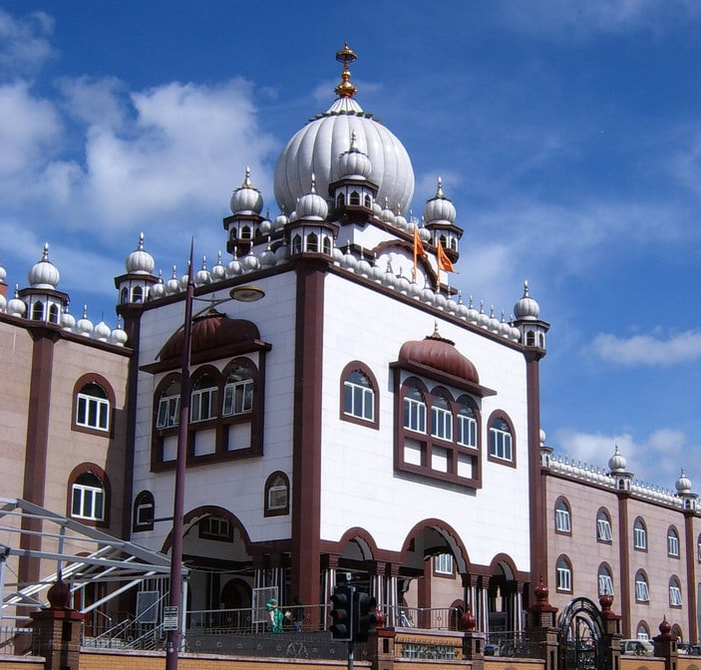
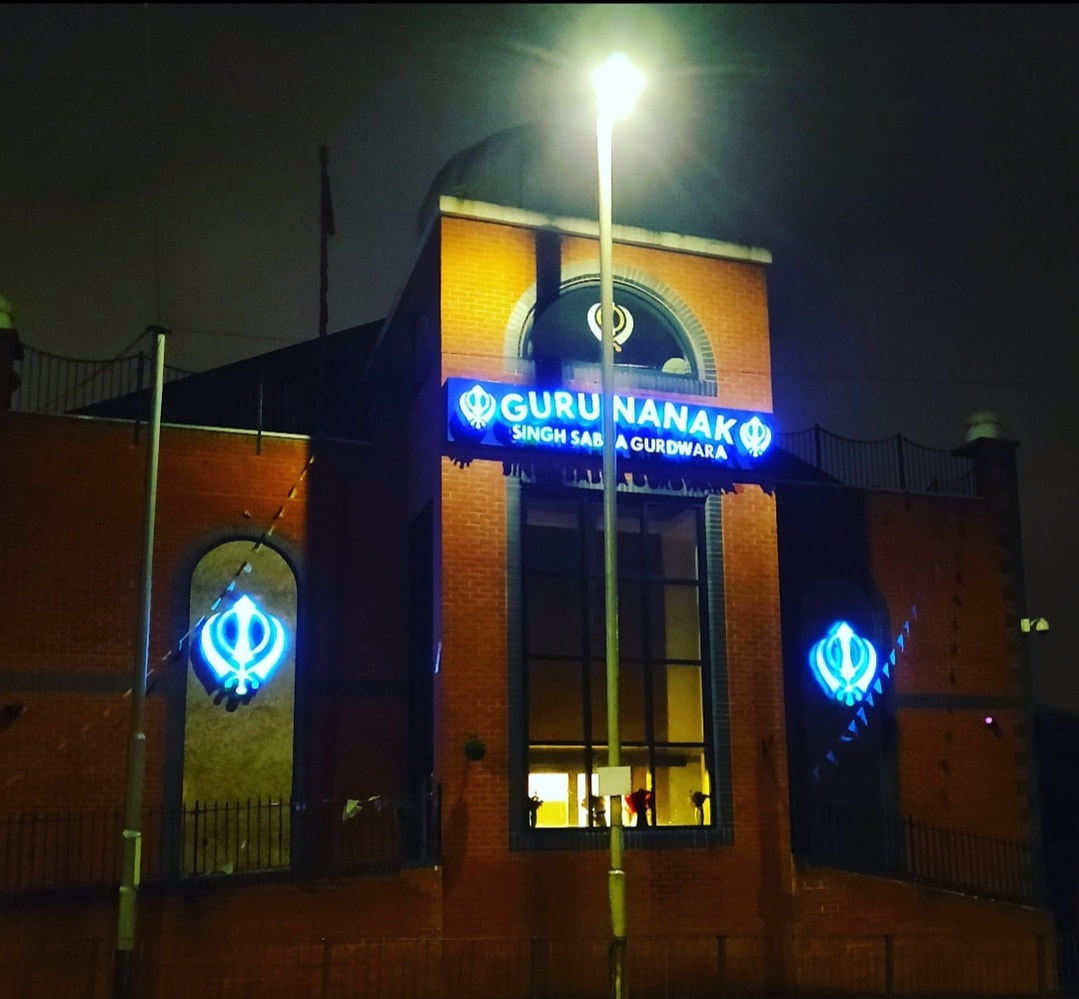
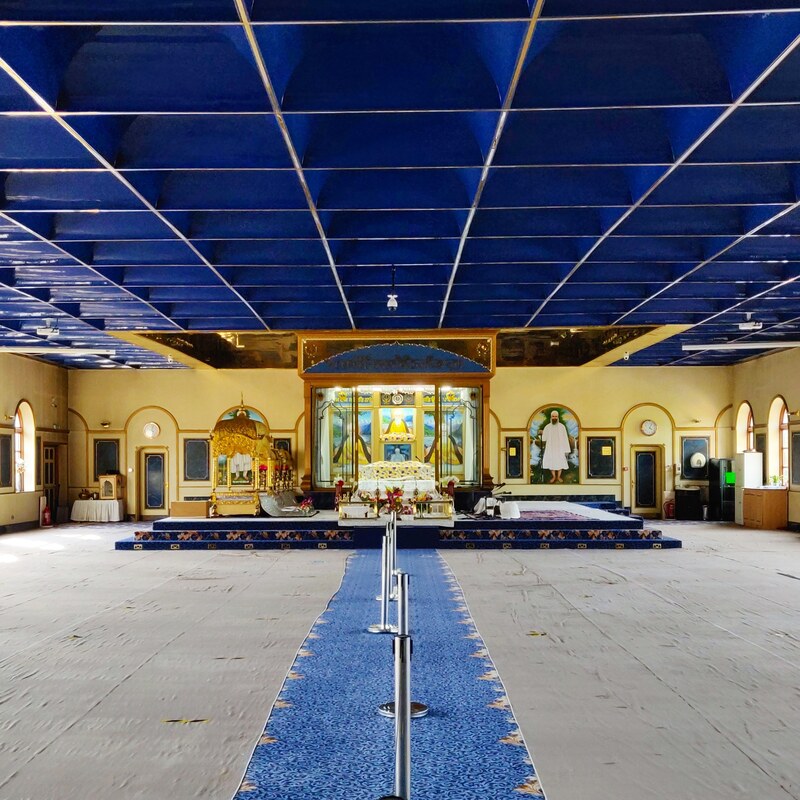
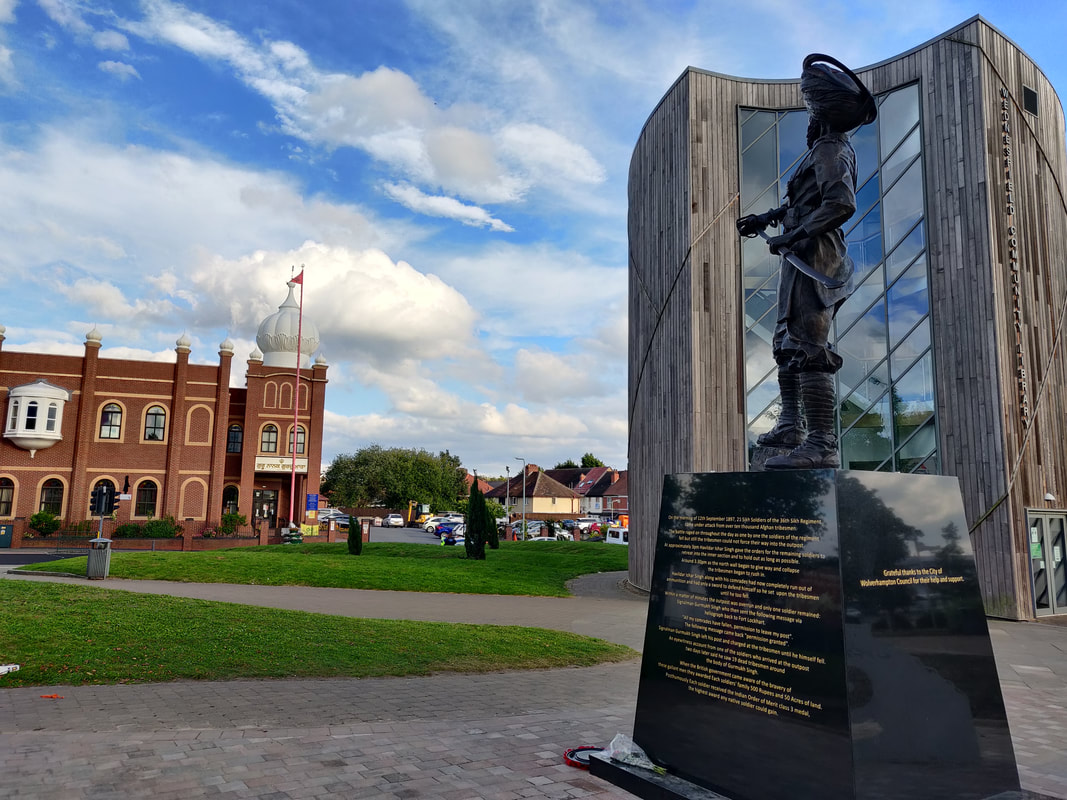
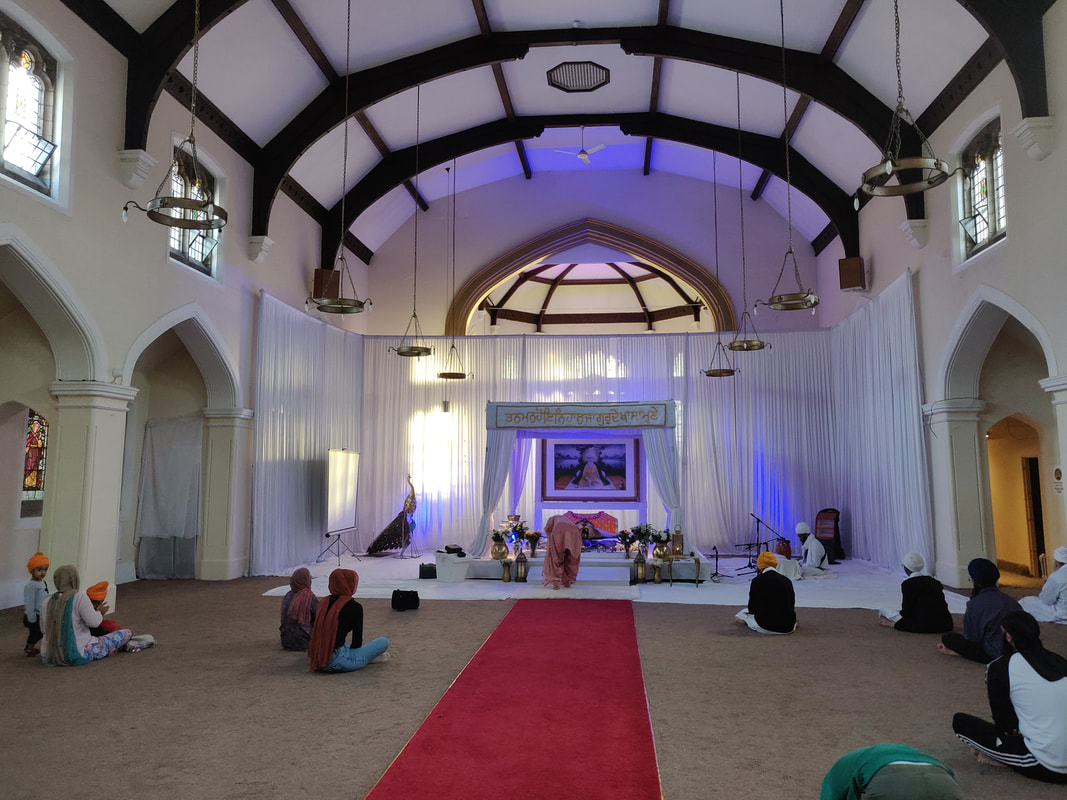
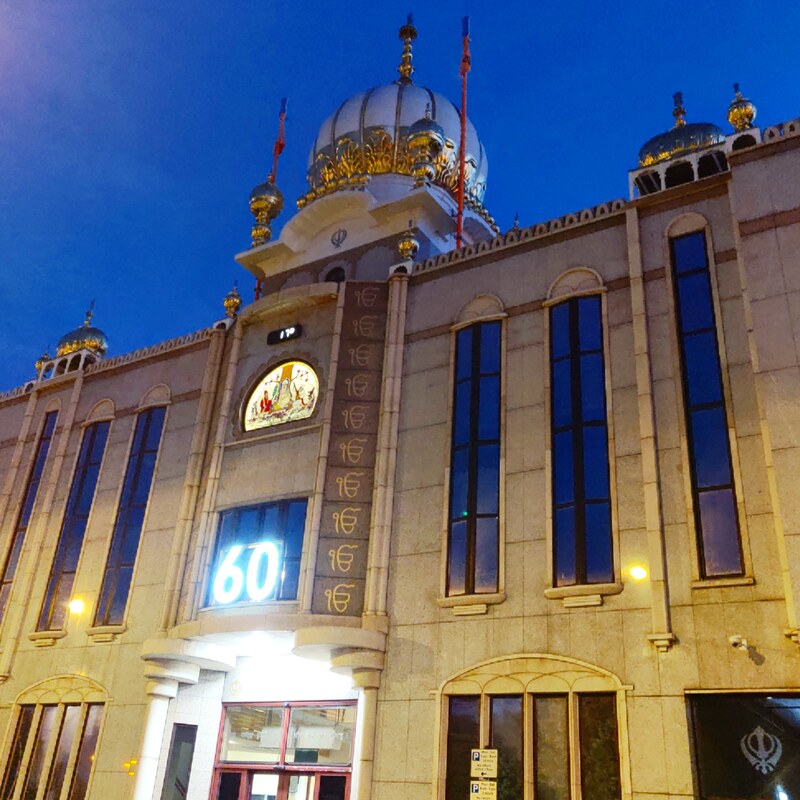
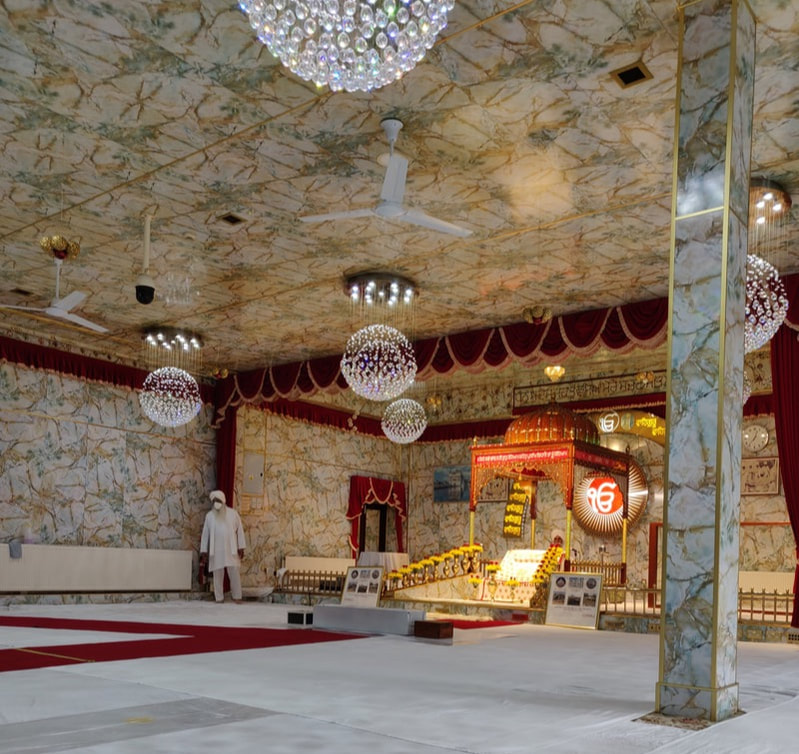
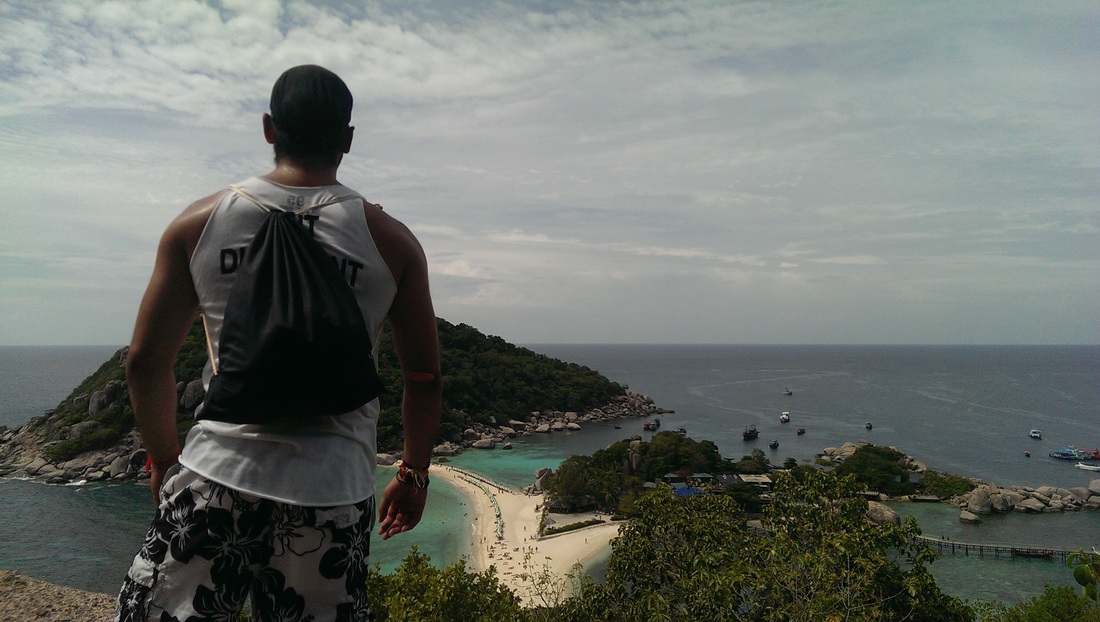
 RSS Feed
RSS Feed